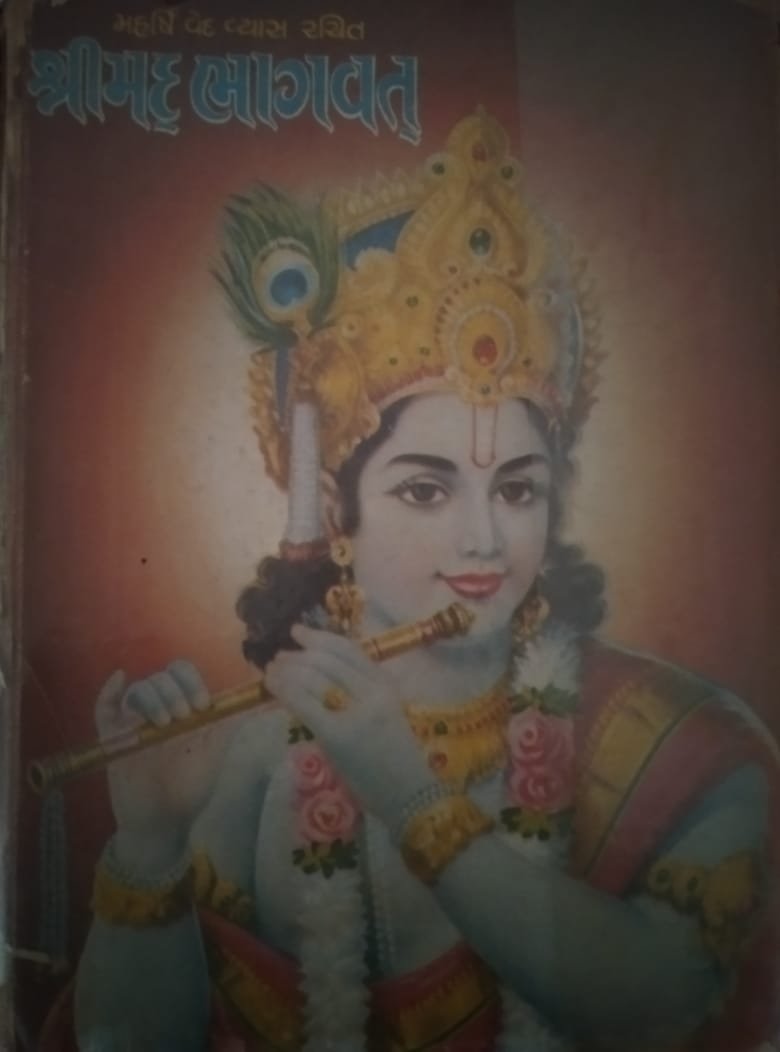
Why can we eat 'living' plants but not 'living' animals while having a journey on path of spirituality ?
Answer : Killing of both ANIMALS and PLANTS is prohibited.
Bhagwat Gita has answer to this. There are Three types of Guna. 1/n
Read on
Answer : Killing of both ANIMALS and PLANTS is prohibited.
Bhagwat Gita has answer to this. There are Three types of Guna. 1/n
Read on
Sattva: Sattva is Calm, Saintly. Its brings up quality that allows spiritual holiness, forgiveness and submission to God.
Foods dear to those in the mode of goodness increase the duration of life, purify one’s existence and give strength, health, happiness and satisfaction.
Foods dear to those in the mode of goodness increase the duration of life, purify one’s existence and give strength, health, happiness and satisfaction.
Such foods are juicy, fatty, wholesome, and pleasing to the heart. (BG 17.8)
Raja : Foods that are too bitter, too sour, salty, hot, pungent, dry and burning are dear to those in the mode of passion. Such foods cause distress, misery and disease. (BG 17.9)
Raja : Foods that are too bitter, too sour, salty, hot, pungent, dry and burning are dear to those in the mode of passion. Such foods cause distress, misery and disease. (BG 17.9)
Tamas (the quality of ignorance): Food prepared more than three hours before being eaten, food that is tasteless, decomposed and putrid, and food consisting of remnants and untouchable things is dear to those in the mode of darkness. (BG 17.10)
We are what we eat, so you see. When you see the whole picture from the Gunas' perspective it will start making sense altogether. Why we can't eat certain types of foods, why we do not use some types of food in our Pujas (rituals or worship).
In order to be a saint/God's servant, humans must suppress raja and tamas guna, and eating sattvic food is a large part of that.
Is it true that if we eat vegetables, we are still taking lives, therefore we're guilty?
Is it true that if we eat vegetables, we are still taking lives, therefore we're guilty?
Unfortunately, yes. The only way to mitigate this is to offer the food first for sacrifice. This is supported in Bhagavad Gita 3.13:
The devotees of the Lord are released from all kinds of sins because they eat food which is offered first for sacrifice. Others, who prepare food for personal sense enjoyment, verily eat only sin.
There is also a difference in picking fruits or greens from a plant, which does not always kill the plant. Regardless, the food must be offered to get free from negative karma.
Killing of both ANIMALS and PLANTS is prohibited.
In the Vedic age, AGRICULTURE was not in vogue.
Killing of both ANIMALS and PLANTS is prohibited.
In the Vedic age, AGRICULTURE was not in vogue.
People used to PLUCK fruits and vegetables from the naturally growing plants which does not amount to killing the plants.
Even the CEREALS, PULSES, OIL SEEDS which were withered from the plants were collected and used - which again does not amount to killing the plants.
Even the CEREALS, PULSES, OIL SEEDS which were withered from the plants were collected and used - which again does not amount to killing the plants.
Killing of Plants started with the introduction of Agriculture as means of food production when man used to cultivate food items of his choice.
Our forefathers & RISHIS were so sensitive to the feelings of the plants - that they generated VEDIC HYMNS to appease the plants before plucking their products - even though plucking does not harm the plants,
There are five types of people who gets equal share of sin of killing an animal.
Person who kills it.
Person who sells the meat.
Person who carries it to home
Person who cooks it.
Person who eats.
Person who kills it.
Person who sells the meat.
Person who carries it to home
Person who cooks it.
Person who eats.
You can also read Chaandhogya Upanishad They says that Your Food divides into 3 parts:
1. Shthul change into solid waste food. Example-Toilet
2. Aadhu change into liquid food like blood
3. Shushm change into mind balancing elements like Brain.
Thank you :)
1. Shthul change into solid waste food. Example-Toilet
2. Aadhu change into liquid food like blood
3. Shushm change into mind balancing elements like Brain.
Thank you :)
• • •
Missing some Tweet in this thread? You can try to
force a refresh













